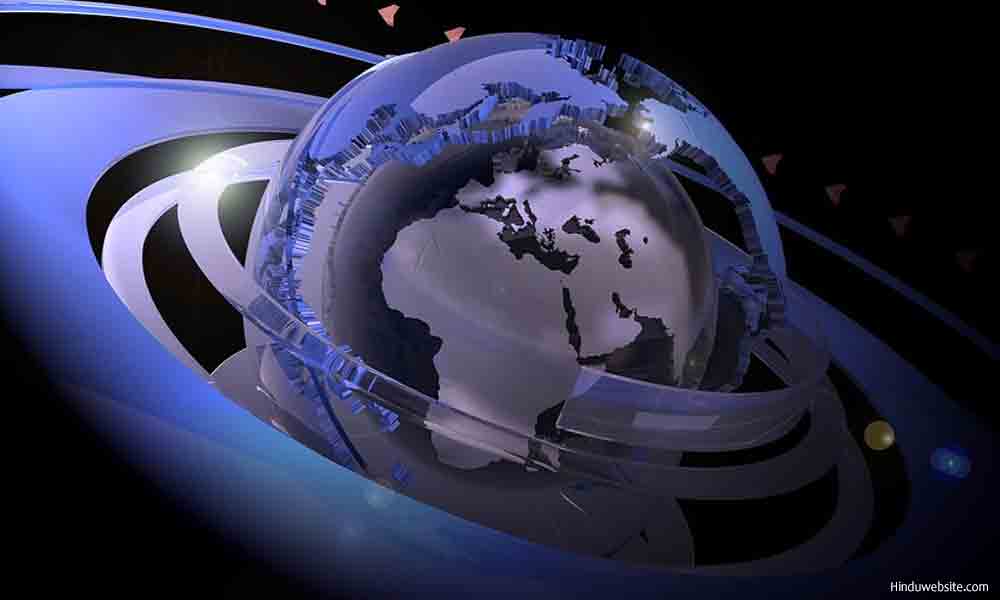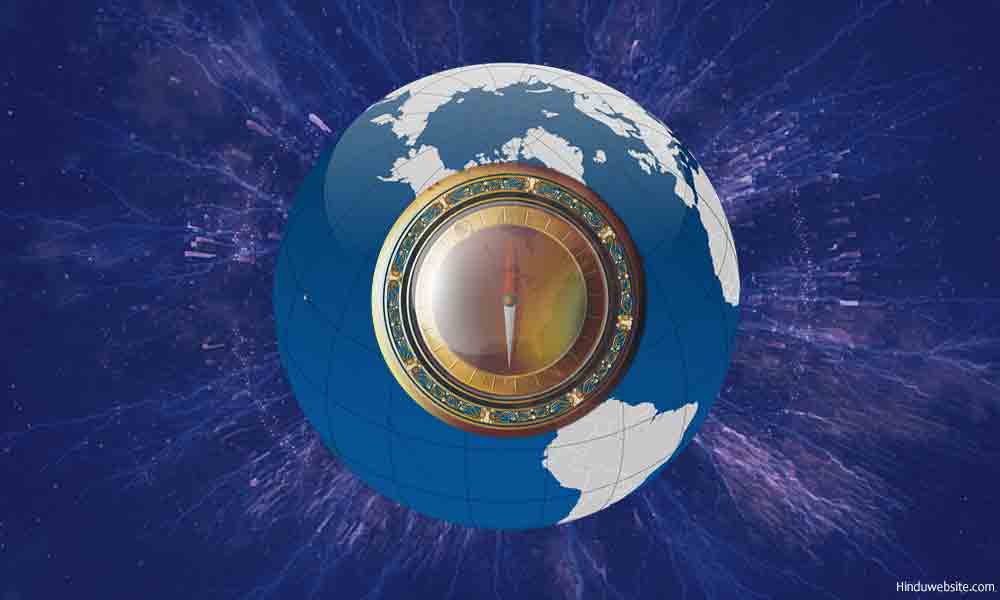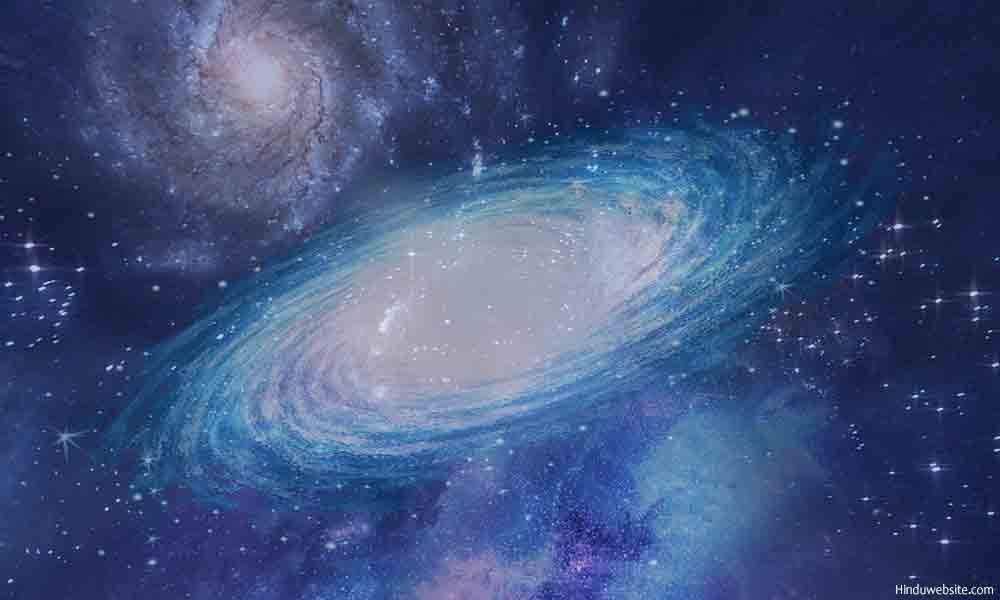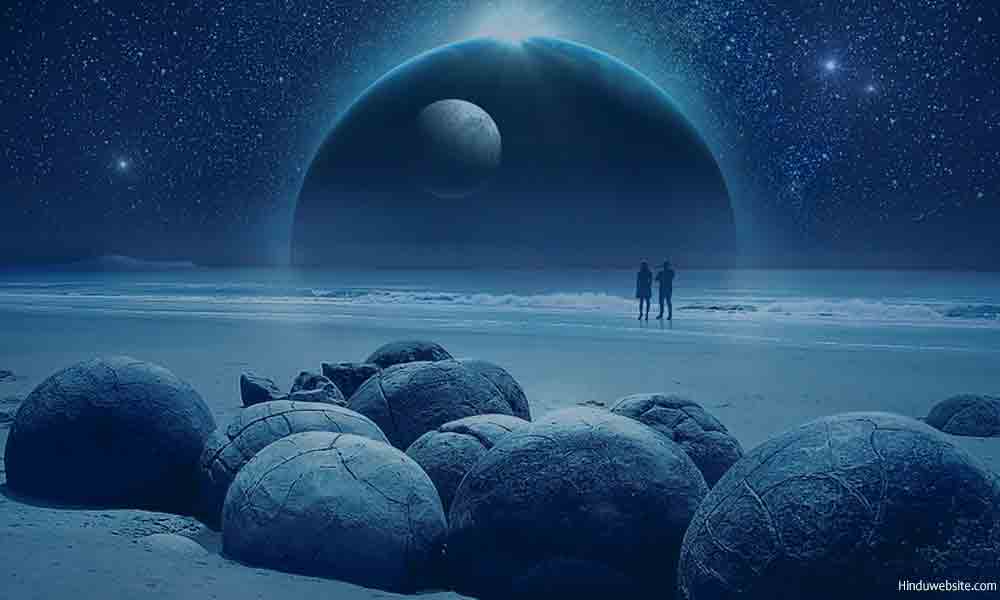
Five Incredible Facts about the Earth
You Would Probably
Not Bother to Think

The earth is our only known support system in the whole universe.
The earth is unique. If the universe is compared to a football field, it does not even amount to a subatomic particle. Yet it is where we all live and breathe. In Hinduism, we worship the earth as the Mother Goddess (Bhudevi). It is the only place where we are naturally protected from the deadly radiation of space and from millions of meteorites of all sizes that hurtle through space. The following are a few incredible facts about the earth, which are worth remembering to understand the precariousness of our own existence and the need to save the earth from our destructive habits and activities.
1. The Earth revolves on its own axis at varying speeds
It is common knowledge that earth revolves around its axis. However, the speed at which it spins around itself varies from place to place due to its globular shape. Roughly, it ranges from 0 mph at the center of both the poles to 1040 mph at the equator. Hence day and night length varies in different parts of the world.
 The earth spins at different speeds from the equator to the
poles
The earth spins at different speeds from the equator to the
poles
2. The earth’s magnetic poles alternate
The directions which we use on earth are relative to the earth and the sun. No one knows the North and South, or the East and West, of the whole universe and whether it can ever be determined. The magnetic poles of the earth also reverse from time to time. A few hundred thousand years ago, Antarctica (which is currently the magnetic south pole) was the magnetic north pole of the earth.
 The Earth's magnetic poles alternate for a few hundreds of thousands
of years
The Earth's magnetic poles alternate for a few hundreds of thousands
of years
3. You can never see the Sun in its current time.
We always see an older Sun. To be precise, we see the sun, which is roughly older by eight minutes and twenty seconds, or precisely 490-507 seconds. The sunlight takes that much time to reach the earth’s surface. More incredible is the fact that the sunlight which reaches the earth may be millions of years old because it may take that much time for the photons in the sunlight to escape from the sun due to the fusion reaction in Sun’s core.
 The sun you see in the sky is always a few minutes, years or
epochs older
The sun you see in the sky is always a few minutes, years or
epochs older
4. The earth has no permanent location in the universe
We know that the earth forms part of the solar system, and the galaxy. However, its true location in the space and time continuum is not static. Firstly, it revolves around the Sun. Secondly, it revolves around the axis of the galaxy along with other objects in the galaxy. Thirdly, it is hurtling itself at an incredible speed into the space along with all other objects in the universe as the universe itself has been expanding ever since it was formed. Thus, you are never in the same space and time for more than a zillionth of a second.
 Our planet has no fixed location in the universe
Our planet has no fixed location in the universe
5. There will never be an earth like planet
Although scientists keep fooling us with statements that they found billions of earth like planets, the fact is there will never be another planet in the entire universe like the earth, with its evolutionary history, biological and geological diversity, life supporting ecosystems and diverse life forms. There may be planets with possible life forms, but they will be different from the earth in numerous respects. Even if they have air and water, they may not support human life.
 Our planet is unique and our own sanctuary
Our planet is unique and our own sanctuary
Do not be fooled by the fancy promises of the mega rich that we can live upon Mars or Europa with the same level of comfort as upon earth, and their attempts to establish extra terrestrial colonies. They are nothing more than visionary projects, invented for publicity, scientific research or to promote commercial space tourism, which will be proved wrong in their own time. Certainly, the earth is unique in the universe. It is our only refuge and support system where we can live naturally. Let us therefore for our own survival, treat it with utmost care and respect and preserve and protect its life supporting systems. Human beings are meant to be the guardians of the earth and all the life forms that exist upon it, for in their preservation is their preservation.
Suggestions for Further Reading
- The Symbolism of Snakes and Serpents in Hinduism
- Ten Distinguishing Features Of Hinduism
- Ten Reasons Why You Should Worship Shiva
- The River Sutra - Lessons From the River
- The Ten Main Duties (dharmas) in Hinduism
- The Ten Manifestations Of Sattva in Hinduism
- The 12 Manifestations of Brahman, the Supreme God of Hinduism
- Ten Teachings of the Buddha From the Dhammapada
- The Meaning And Significance Of Swastika In Hinduism
- What is Prana? The Five Types of Breath
- Hinduism and the God of Death
- Om, Aum, Pranava or Nada in Mantra and Yoga Traditions
- Wealth and Duty in Hinduism
- Hindu Gods - Lord Ganesha
- Symbolism and Significance of the Descent Of Ganga
- Symbolism of Ganga As the Purifier and Liberator
- The Meaning and Significance of Heart in Hinduism
- The Origin and Significance of the Epic Mahabharata
- Yin and Yang, and the Hindu Connection
- Symbolism in the Story of Sagar Manthan, the Churning of The Ocean
- The Symbolic Significance of Puja Or Worship In Hinduism
- Essays On Dharma
- Esoteric Mystic Hinduism
- Introduction to Hinduism
- Hindu Way of Life
- Essays On Karma
- Hindu Rites and Rituals
- The Origin of The Sanskrit Language
- Symbolism in Hinduism
- Essays on The Upanishads
- Concepts of Hinduism
- Essays on Atman
- Hindu Festivals
- Spiritual Practice
- Right Living
- Yoga of Sorrow
- Happiness
- Mental Health
- Concepts of Buddhism
- General Essays
Image Credits: The images used in this articles are either in public domain or licensed under various Creative Commons Attribution-Share Alike Generic licenses by Wikipedia, Himalayan Academy Publications and Wikimedia. This article is copyright Hinduwebsite.com and should not be reproduced in any format without prior written permission.